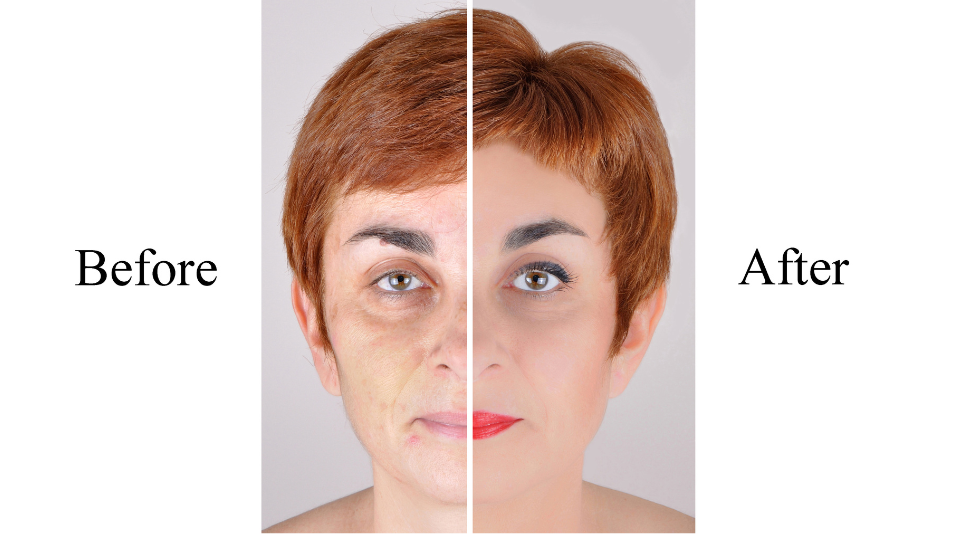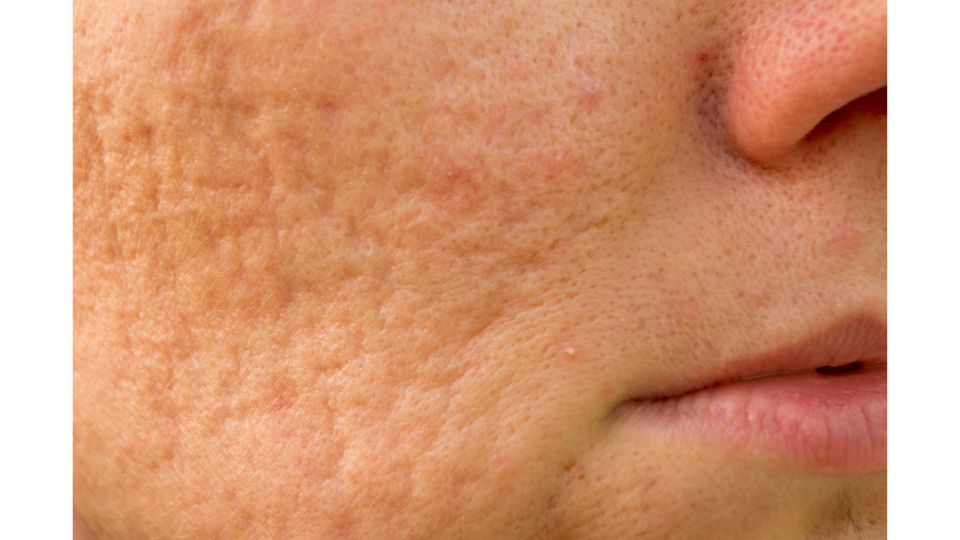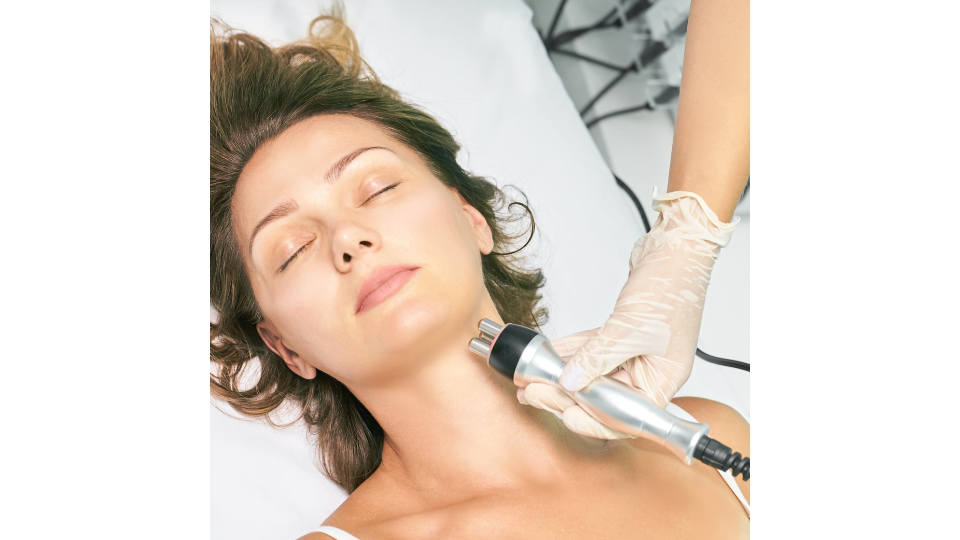Discover the fundamentals of acne and skin health, including mindset preparation and holistic healing approaches to kickstart your clear skin journey.
Acne rarely appears out of nowhere. It often occurs when hormonal imbalance collides with other internal forces, such as a body burdened by toxins. Add genetic sensitivity of the skin’s oil glands, and you have the classic recipe for breakouts. This in-depth guide explains how detox organs, nutrition, stress, sleep, and candida influence hormonal balance and skin health, and why restoring equilibrium from the inside out is the most reliable path to clearer skin.
Contents
- The Acne Equation at a Glance
- Liver Congestion and Sluggish Bowels
- Nutrition Deficiencies and Dietary Factors
- Food Reactions and Hidden Allergies
- Candida Albicans and Detox Overload
- Stress, Anxiety, and Hormonal Swings
- Sleep, Nighttime Detox, and Skin
- Genetic Tendencies and Oil Gland Sensitivity
- Putting It All Together: The Practical Equation
The Acne Equation at a Glance
Acne develops when three factors line up. First, the skin’s oil glands become sensitive to even small shifts in androgen hormones. Second, the body experiences hormone irregularities that push those oil glands to produce more sebum and alter skin cell turnover. Third, toxins accumulate internally, which taxes the liver and gut and prompts the body to use the skin as a backup path of elimination. When all three come together, pores clog, bacteria flourish, and inflammation rises.
While genetic sensitivity is hard to change, you can powerfully affect the other two. By calming hormone fluctuations and reducing toxic burden, you can cut off the fuel that drives breakouts, even if you are genetically acne prone.
Liver Congestion and Sluggish Bowels
The liver is your chemical processing plant. It filters blood, neutralizes harmful compounds, and breaks down used hormones so they can be excreted through bile or urine. When the liver is overloaded with toxins or when bile flow is sluggish, hormones that should be deactivated can circulate longer than intended. The bowels and kidneys then carry the load of removing what the liver has processed. If they are slow or clogged, those compounds can be reabsorbed and recirculate, stirring up hormone sensitive skin again.
Why the liver matters for hormones
Every day, your body must clear hormones that have completed their work. The liver tags and readies them for removal. If the liver is burdened by toxins from processed foods, excess alcohol, pollution, and microbial byproducts, it has a harder time neutralizing used hormones. That can leave you with a relative surplus of active hormones in circulation, which can aggravate oil glands and prime pores to clog.
When the bowels are clogged
Healthy bowel movements complete the process. If stool moves slowly or the colon is congested, waste can linger. Mucus buildup and residual debris may encourage overgrowth of microbes such as parasites and yeast. In that environment, metabolites and partially deactivated hormones can be reabsorbed into the blood, effectively reactivating them. The cycle continues, and the skin often takes the hit.
What this means for your skin
When internal detox routes struggle to keep up, the body often leans on secondary elimination pathways, including the skin and lungs. Sebum production can increase, keratin plugs can form more readily, and bacteria thrive in the oil rich setting. The result is inflamed bumps, pustules, and persistent congestion that never quite clears until the internal load eases.
Nutrition Deficiencies and Dietary Factors
Nutritional status influences everything from liver function to the rate at which skin cells mature and shed. When the body does not receive enough vitamins, minerals, amino acids, and essential fats, it struggles to transform and excrete toxins and to keep hormones in a healthy rhythm. Over time, that shortfall can look like fatigue, dull skin repair, and recurrent breakouts.
Nutrient debt and energy for detox
The body needs steady energy and raw materials to maintain balance. Diets high in refined carbohydrates, processed fats, and additives add to toxic load while supplying very little of what the liver requires to do its work. The body’s response to that imbalance often shows up as symptoms rather than a single disease. Acne is one such sign that the system is under strain.
Whole foods fit differently. Vegetables, fruits, legumes, quality proteins, and healthy fats deliver the cofactors needed for hormone clearance and antioxidant defense. When those are missing, the liver and gut must make do, and the skin often ends up compensating.
Glycemic load, insulin, and sebum
The glycemic load of a meal measures how strongly it raises blood sugar. Frequent spikes trigger elevated insulin, which is closely tied to sebum production and pore behavior. High insulin can tilt the body toward increased oil output and can disrupt the normal rhythm of skin cell shedding, creating a landscape where pores clog more easily.
Traditional and non Western populations that rely on minimally processed foods tend to have lower average insulin levels and historically have experienced fewer cases of acne. By contrast, dietary patterns centered on refined grains, sugary snacks, and processed dairy are associated with higher insulin response and more frequent breakouts.
IGF 1 and IGFBP 3 explained
Insulin does not act alone. It influences other hormones, including IGF 1, which encourages skin cell growth, and IGFBP 3, which supports programmed cell death. Balanced turnover helps keep pores clear. When insulin is consistently high, IGF 1 rises and IGFBP 3 drops, tilting the balance toward thicker cell layers and a greater chance that pores will become blocked.
Essential fatty acids and prostaglandins
The body crafts prostaglandins from essential fatty acids. These compounds help stabilize hormones and moderate inflammation. If you are short on essential fats or the balance between them is off, your body can have trouble keeping hormones steady. Over time, that mismatch can show up as recurring breakouts that never resolve, particularly along the jawline or in patterns tied to the cycle.
In this way, both what you eat and what you lack contribute to the causes of hormonal imbalance. Correcting those deficits can be a turning point for many people whose skin resists topical treatments.
Food Reactions and Hidden Allergies
Not all food reactions look like classic allergies. Some are subtle and delayed, yet they still set off the immune system. When your body tags a food as a threat, it mounts a response to neutralize and remove it. That process produces byproducts that the liver, intestines, and kidneys must eliminate. If those organs are already overloaded, the additional waste can spill over, with the skin acting as a secondary route of elimination.
The result can be a cycle of inflammation that shows up both in the gut and across the skin. While not every person with acne has a food sensitivity, investigating personal triggers and supporting digestion can lower the inflammatory load and reduce one more influence on hormones and pores.
Candida Albicans and Detox Overload
Candida is a yeast that normally lives in the digestive tract. Under the right conditions it can expand and shift toward a more invasive form. Antibiotics, high sugar diets, and imbalances in stomach acid or gut motility can open the door. When candida overgrows, it produces mycotoxins that can irritate tissues, burden the liver, and challenge the immune system. That extra load can feed into inflammation, hormone disruption, and skin issues.
Common signs of candida overgrowth
If several of the following sound familiar, it may be worth exploring yeast overgrowth with your clinician:
- Recurrent vaginal infections
- Recurrent urinary infections
- Menstrual cramps, cycle irregularities, or pronounced PMS
- Feelings of anxiety or episodes of paranoia
- Brain fog, poor concentration, forgetfulness
- Heart palpitations
- Persistent fatigue or a drained feeling
- Low mood or depression
- Muscle aches or weakness
- Stiff or sore joints
- Headaches or backaches
- Abdominal discomfort or cramps
- Strong food cravings and frequent snacking
- Constipation or diarrhea
- Bloating, belching, or gas
- Irritable bowel or pre ulcer tendencies
- Chest tightness
- Hypothyroidism or low thyroid function
- Frequent colds or immune challenges
- Prostate problems
- Nausea or shaking when hungry
- Irritability
- Drowsiness during the day
- Dizziness
- Insomnia or disrupted sleep
- Watery eyes
- Dry skin, psoriasis, or rashes
- Nasal congestion or post nasal drip
- Frequent urination
- Burning sensation with urination
- Cracks at the corners of the mouth
- Indigestion or heartburn
- Sensitivity to milk or wheat
- Rectal itching
- Vaginal itching
- Mouth rashes or a persistently dry mouth
- Bad breath that persists even after brushing
These symptoms overlap with many other conditions, so do not self diagnose based on a list. That said, a cluster of these signs alongside stubborn acne can point toward a microbial imbalance that is worth addressing.
How candida affects hormones and skin
When candida flourishes, the byproducts it releases place added pressure on the liver’s detox pathways. That same liver is central to the safe breakdown of used hormones. If it is busy processing mycotoxins, hormone clearance can slow, amplifying the effect of androgens on oil glands. Candida also thrives in a more acidic internal environment, which can develop when the diet leans heavily toward refined grains and sugars and light on vegetables and minerals. The combination often aggravates breakouts.
Simple home saliva test
While not a diagnostic tool, some people use a simple home test as a rough self check for yeast imbalance. For the most reliable insights, pair this with professional testing and evaluation.
- On waking and before eating or drinking, fill a clear glass with mineral or filtered water.
- Collect a generous amount of saliva and spit it into the glass.
- Set the glass aside for up to one hour and observe.
If strings appear to hang downward from the saliva, it may suggest a mild imbalance. If the saliva sinks to the bottom, it may reflect a more advanced imbalance. Floating saliva without strings suggests a calmer picture. Many people notice strings at first and see improvement as they work on gut balance. Use this only as a rough guide and rely on clinical input for a full picture.
Stress, Anxiety, and Hormonal Swings
Stress is not just a feeling. It triggers a cascade of hormones centered on cortisol and adrenaline. Short bursts can be helpful, but chronic stress keeps those signals elevated. That pattern can disrupt the balance of sex hormones, alter immune function, and inflame the skin. Stress also depletes the very nutrients that keep hormones steady, including vitamin C, magnesium, B vitamins, and potassium. Over time, that drain becomes one of the quiet causes of hormonal imbalance.
How stress affects digestion and the liver
During a stress response, the body sends more blood to organs needed for immediate action and less to digestion. Stomach acid and enzyme production can dip, motility can slow, and bacterial balance can shift. That combination increases the chance that foods will not be fully broken down, which raises the likelihood of irritation and overgrowths lower in the gut. It also sends more work to the liver, which must deal with the extra byproducts and the ongoing stress hormones themselves.
Stress, acidity, and skin
Chronic stress can change the internal acid base balance. A more acidic internal environment is friendlier to certain microbes, including candida, while making it harder for the body to neutralize inflammatory compounds. As the liver and immune system struggle to keep up, breakouts tend to worsen. Many people notice that the skin behaves better when they dedicate time to movement, breath work, or restorative practices that calm the stress response.
Sleep, Nighttime Detox, and Skin
Sleep is when the body directs resources toward repair and detox. Hormones follow a daily rhythm. Poor sleep disturbs that rhythm and can raise stress hormones during the day. That disturbance can, in turn, nudge oil glands, change the way skin cells mature, and slow the liver’s processing of waste and used hormones. When you cut sleep short, you cut your nightly detox window short as well, which can push more waste toward the skin the next day.
Consistent, quality sleep is one of the simplest ways to support stable hormones and efficient detox. It also helps restore the vitamins and minerals that stress drains, adding another layer of support for skin.
Genetic Tendencies and Oil Gland Sensitivity
Genes help explain why some people develop acne under conditions that leave others unaffected. The most important genetic influence appears to be the sensitivity of the oil gland receptors to androgens. In people with acne prone skin, those receptors can react strongly to even small shifts in hormone levels. Other genetic traits may include larger oil glands, differences in skin type, or variations in immune response.
Research suggests that people with acne do not necessarily have weaker livers than those without acne. The difference lies in how the skin responds to normal hormone fluctuations. That is why two individuals can share the same diet and age, yet only one breaks out. The oil gland response is the critical variable. Since you cannot change your genes, your best leverage lies in lowering internal triggers that inflame that sensitivity in the first place.
Putting It All Together: The Practical Equation
Acne takes hold when three elements align. You may have an inherited sensitivity in your oil glands. You may also be dealing with hormone irregularities made worse by stress, poor sleep, blood sugar swings, gut imbalances, or nutritional gaps. Finally, you may be carrying a higher toxic burden that overwhelms the liver and slows bowel clearance, leading the body to use the skin as an outlet. Addressing any one of these can help, but addressing the internal triggers together is how most people see lasting results.
How to lighten the load and steady hormones
- Prioritize whole foods. Emphasize vegetables, fruits, legumes, nuts, seeds, fish, and clean proteins. Reduce refined sugars and flours to calm insulin and IGF 1 and to support IGFBP 3.
- Feed your liver. Include leafy greens, cruciferous vegetables, citrus, beets, and adequate protein for detox enzymes. Hydrate well to support bile flow and kidney function.
- Balance fats. Ensure a steady intake of essential fatty acids from sources like flax, chia, walnuts, and cold water fish to support prostaglandins that stabilize hormones.
- Support digestion. Eat slowly, chew thoroughly, and consider gentle supports like ginger or bitters with guidance. Regular bowel movements reduce the chance of recycling used hormones.
- Explore food triggers. Notice whether certain foods correlate with flares. Work with a clinician on a short term elimination and careful reintroduction if needed.
- Address candida if present. Reduce refined carbohydrates, consider targeted probiotics, and seek professional guidance for antimicrobials when appropriate.
- Manage stress. Build daily practices that ease the stress response such as walking, mindful breathing, yoga, or short moments of quiet. These help correct subtle causes of hormonal imbalance.
- Protect sleep. Aim for a consistent bedtime, a dark quiet room, and a wind down routine that signals your body to shift into repair mode.
The takeaway
You may not be able to change your oil gland sensitivity, but you can dramatically reduce the triggers that activate it. When you lower internal toxic burden and bring hormones back into a stable rhythm, breakouts have far less fuel. Over time, many people find that their skin clears and stays clear, not because they forced it with harsh topical routines, but because their body no longer needs to push waste through the skin and their hormones no longer swing out of range.
Clear skin is a reflection of internal steadiness. Restore that and your skin can follow.




